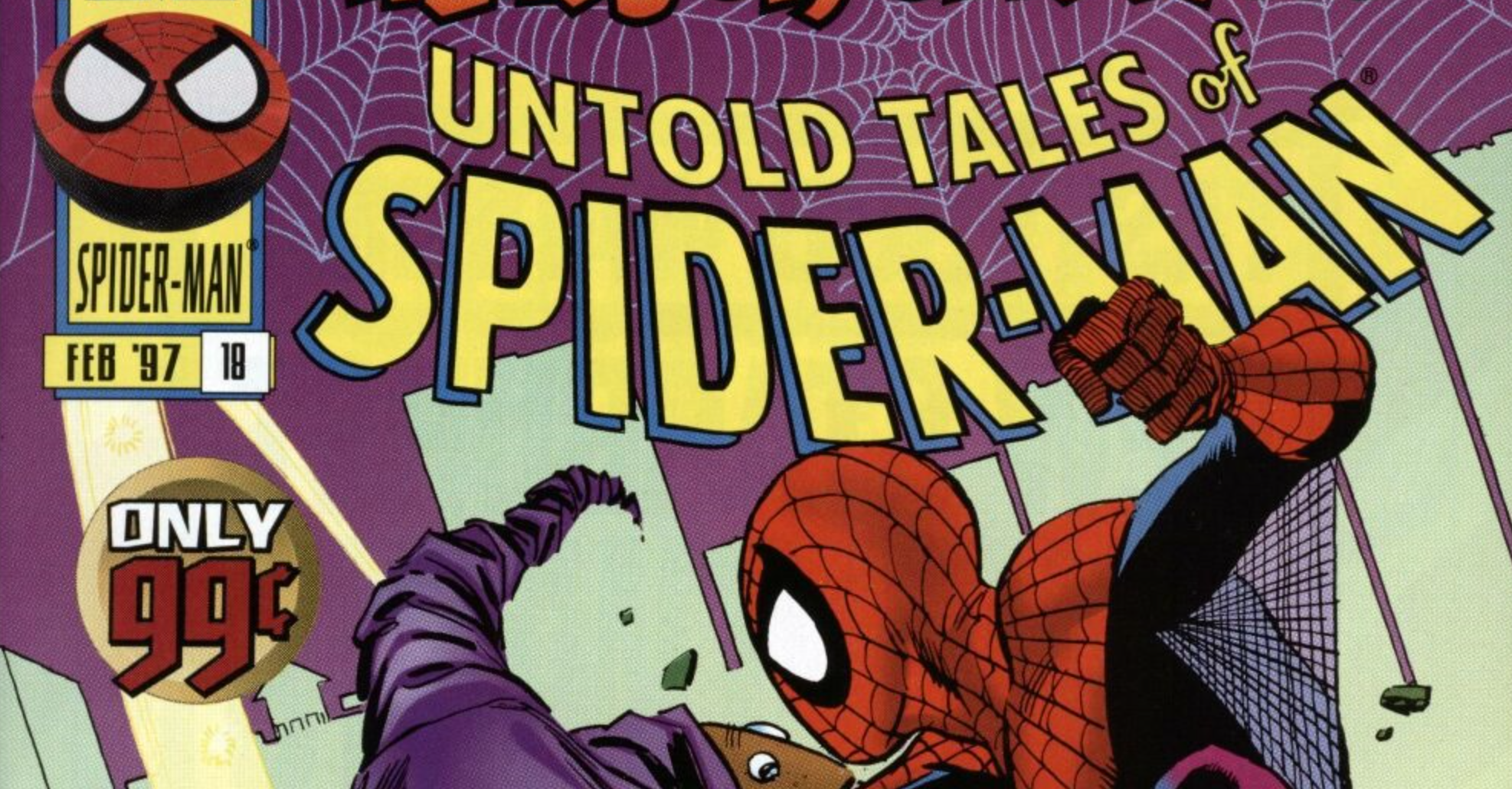If you click on a link and make a purchase we may receive a small commission. Read our editorial policy.
Marvel's long-time executive editor doesn't think cheaper comics will bring in younger readers
And he's got a Spider-Man story from the 90s to prove it

How do we bring in younger readers?
That question is on the mind of just about every person making or selling comics these days. And while publishers like Scholastic seem to have cracked the code with financial successes like Dog Man and YA graphic novels like Guts, major publishers inside the comic store 'direct market' of comics are still struggling to come up with an answer.
Fortunately, they've got some of their best minds working on the problem. For example, Marvel's own Tom Brevoort (captain of 2024's upcoming X-Men relaunch) recently wrote about the issue, and while he didn't provide a plan that would work, he crossed off one that wouldn't.
The topic came up on Brevoort's Substack, Man with a Hat, after a fan writing in as 'Andy T' asked the longtime House of Ideas editor: "Is there any appetite at Marvel - creators/editorial/publishing/brass - to get comics out there at a price point that KIDS can afford?"
Brevoort responds by saying that, "while there’s certainly an interest in bringing in new young readers," the way to do it isn't by just reducing cover price or producing a special comic just for kids' wallets. In fact, Marvel tried the idea before.
That attempt was Untold Tales of Spider-Man, a comic that ran for 26 issues between 1995 and 1997. Primarily written by Kurt Busiek and drawn by Pat Oliffe, each issue of Untold Tales of Spider-Man appeared on the shelves for just 99 cents, as opposed to the $1.50-$2.00 average of the time. It's an interesting idea but, acording to Brevoort, one that couldn't hold up.
"[A] lesser cover price," says the editor, "means a tighter profit margin and less money that everybody makes all around." He continues, "it was a move that just made it more difficult for those books to break even, and which disincentivized retailers from promoting them (since they would have to sell two copies to make the profit they were getting on just one issue of ASM or a similar book.)"
"And," he says, "no kid ever wanted the cheap version of a book just because it was cheap."
So what do kids want in a comic? That's an answer that's changed over the course of Brevoort's career and, he thinks, even contributed to the problem comic sellers have today.
In another substack missive, Brevoort points out that the edgy, adult-leaning kinds of stories pre-teens wanted in the 90s continue today... And while they serve that same fanbase (now in their mid-thirties), they alienate younger readers.
"It’s more difficult than ever to find mainstream super hero material that is appropriate for a teen audience," says Brevoort, adding "more and more of everybody’s output has been geared towards the aging fanbase."
While difficult, Brevoort maintains that getting the interest of younger readers "isn't impossible." But for retailers struggling to grow a clientelle and creators looking to make what will sell, the question is still very much open. For now, we can only hope answers come soon,while the younger readers in question are still, well, young.
To be clear, Tom Brevoort does not think that comics are dying.
Follow Popverse for upcoming event coverage and news
Find out how we conduct our review by reading our review policy
Let Popverse be your tour guide through the wilderness of pop culture
Sign in and let us help you find your new favorite thing.
















Comments
Want to join the discussion? Please activate your account first.
Visit Reedpop ID if you need to resend the confirmation email.